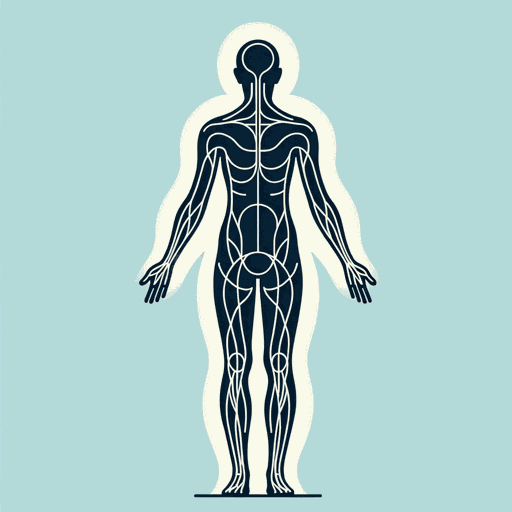73 pages • 2 hours read
Bill BrysonThe Body: A Guide for Occupants
Nonfiction | Book | Adult | Published in 2019A modern alternative to SparkNotes and CliffsNotes, SuperSummary offers high-quality Study Guides with detailed chapter summaries and analysis of major themes, characters, and more.
Summary and Study Guide
Overview
Widely known for his best-selling books A Short History of Nearly Everything and A Walk in the Woods, author and educator Bill Bryson published another bestseller in 2019. The Body: a Guide for Occupants is a tour of human anatomy and its wonders.
Compiled for the general reader, The Body is a compendium of facts, many amazing or weird, about human anatomy and physiology. It explores the various organ systems—skin, brain, eyes, nose, mouth and throat, heart and blood, skeleton, lungs, digestive tract—as well as multisystem experiences like digestion and energy production, immunity and disease, sleep, sex, childbirth, old age, and death. The Body also contains dozens of anecdotes on the researchers, often unsung, who made the discoveries that led to the great advances of medicine.
Bryson begins with an inventory of the elements that make up the body: In purified form, they would cost over $150,000. These atoms are assembled by instructions from the DNA at the center of each of the trillions of cells that make up an adult human.
The Body next examines the skin. One of its principal jobs is to keep out dangerous microbes, yet deep inside, trillions of good microbes colonize the gut, help with digestion, and influence body processes.
The next few chapters discuss the head, with its complexly lobed brain; major sensors the eyes, ears, and nose; and the mouth and throat. The latter take in food and air and send them down a shared tube, the pharynx, that manages eating and breathing so as to enable the miracle of human speech.
The heart and blood distribute oxygen, food energy, and the various biochemicals generated by the body’s organs. The skeleton provides structure and the leverage to move about, but humans walk vertically on two feet, which puts unusual stresses on the spine and hips and can cause humans to experience pain and disability unique to them in the animal kingdom.
Human survival depends on the immune system, which protects the body from pathogens that enter through the air, food, or cuts in the skin. The lungs, meanwhile, do an excellent job of keeping themselves clean but can be overwhelmed, especially from smoking and asthma.
The alimentary canal absorbs and digests nutrients from food, delivering water, proteins, fats, carbohydrates, vitamins, and minerals to the body. Sometimes too much gets through when people overindulge, which leads to obesity, diabetes, and heart disease.
Sleep is vital—without it, animals die—but exactly why remains a mystery. Modern civilization imposes constraints that can cause sleep deficiencies and insomnia. Less mysterious is sex: In surveys, people tend to lie about their sex lives and are ignorant of the anatomical details. It’s actually hard to get pregnant, especially given recent declines in fertility rates, but when it happens, mothers often must suffer great pain during childbirth because their infants’ heads are simply too big to deliver easily.
The final five chapters deal with pain, disease, the failures of medicine, old age, and death. Despite tremendous medical advances during the 20th century, people still suffer from heart disease, cancer, and senility, the major modern killers. Testing of new drugs is a flawed process, and the benefits of modern health care are distributed unevenly around the world. In the end, growing old leads to death despite science’s best efforts.
The Body emphasizes not only the wonders of human anatomy but also its strangeness: bones that hear, yawns and hiccups, guest microbes by the trillion. Perhaps most amazing are the large brain and hands and voice box and bipedal mobility that combine to make humans uniquely capable among the Earth’s creatures.
The book also contains 41 images, an eight-page bibliography, and 25 pages of source notes.
Related Titles
By Bill Bryson
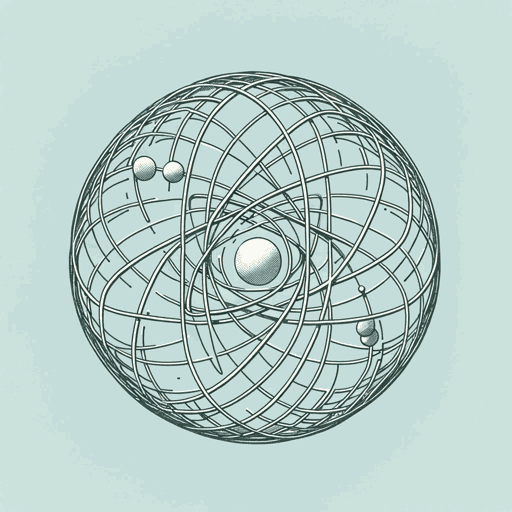
A Short History of Nearly Everything
Bill Bryson
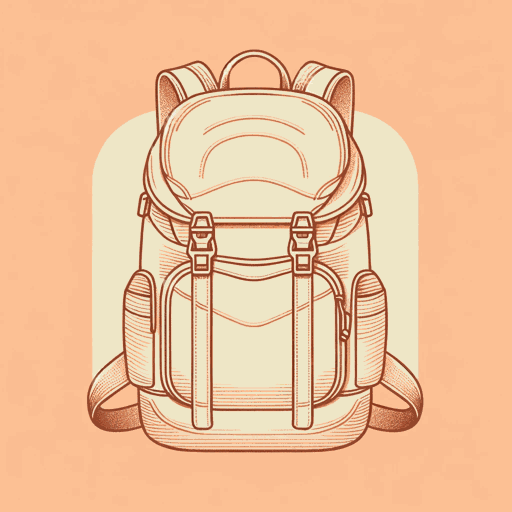
A Walk in the Woods
Bill Bryson

In a Sunburned Country
Bill Bryson
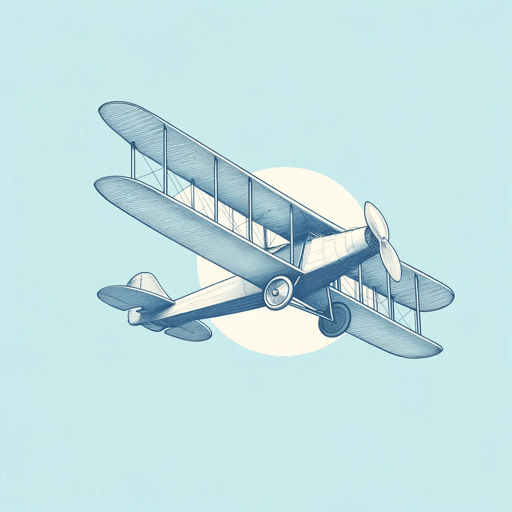
One Summer: America, 1927
Bill Bryson

The Life and Times of the Thunderbolt Kid
Bill Bryson

The Lost Continent
Bill Bryson
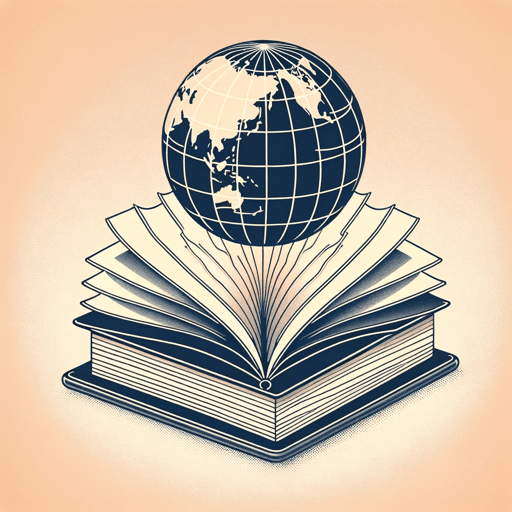
The Mother Tongue: English and How It Got That Way
Bill Bryson
